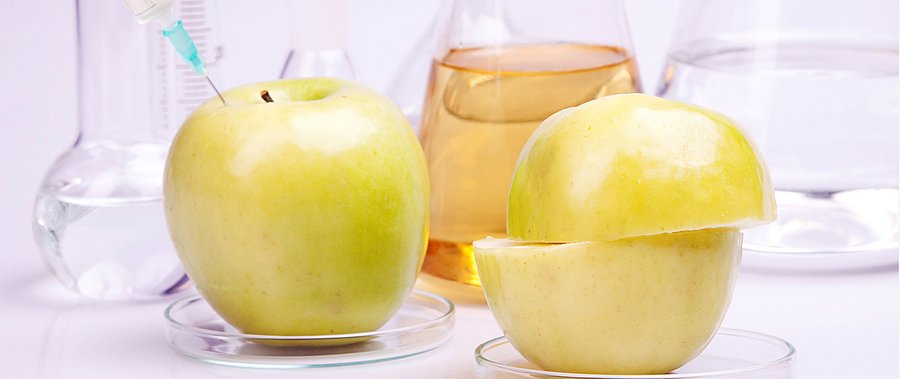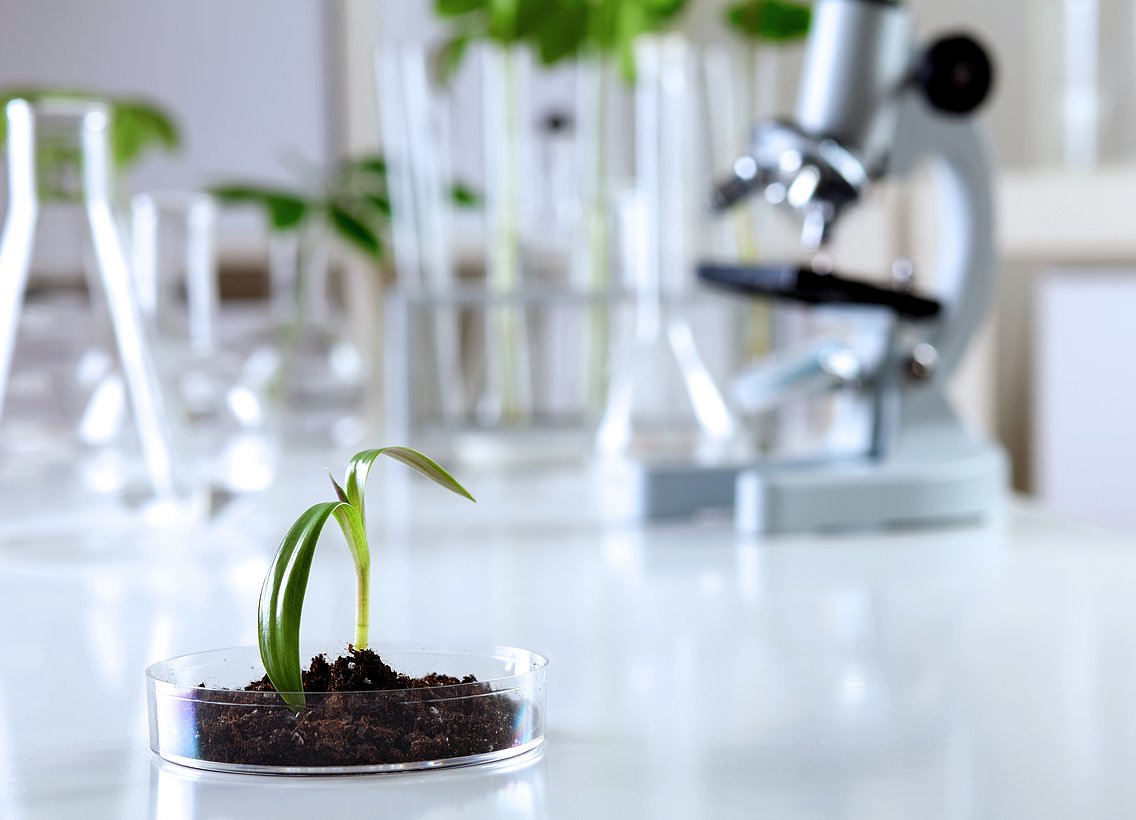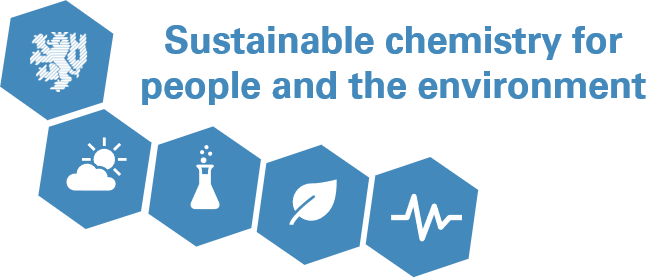Sustainable chemistry for people and the environment
Sustainability is one of the core challenges of our century. Ideas and solutions to secure our resources and a healthy environment for future generations are urgently needed and will always include a chemical component.
Our research teams have been working on the discovery of new materials, the biology of ecosystems, atmospheric chemistry, the synthesis of new compounds, the modeling of chemical reactions, the chemistry of our food, the effects of compounds on cells and diseases for a long time. To address these new challenges, we are bringing our expertise closer together which initially resulted in three new cooperation projects:

Impact of metal-based compounds on cells, organisms and the environment
Metal-based compounds can have a variety of effects on living cells. They are used on a large scale in chemical processes, but as cofactors they occur frequently in nature as well. These compounds become medically relevant because they allow coupling with ligands and can thus be used as carriers. By being able to localize them specifically in the cell, they provide insights into the location of the effect.
Soluble metal-based compounds have a high affinity for mitochondria (and other organelles). These cell organelles are not only involved in energy metabolism, but in many other vital metabolic processes as well. Defective mitochondrial function is associated with numerous diseases or malfunctions that can often be fatal. Therefore, they can affect entire ecosystems.
The cellular interaction and regulation of mitochondrial processes are still poorly understood. Since mitochondria, like chloroplasts, are derived from bacteria and still have many prokaryotic features, they are sensitive to a large number of antimicrobial agents. Although the secondary effects on cells are still not understood, the dynamic interaction between the cell and its mitochondria is altered.
Metal-based compounds therefore play an ambivalent role. On the one hand, they are seen as environmental contaminants with partly unclear uptake, distribution and effect, on the other hand they can be used as active substances that allow to target and selectively address cellular structures.
Within the framework of this joint project, the working groups of Prof'in Bornhorst, Prof'in Lohaus, Prof. Mohr, Prof'in Preisfeld, Prof. Scherkenbeck and Prof. Simon plan to synthesyze a selection of organometallic compounds (gold, silver and platinum complexes) and investigate their behavior in living organisms of different levels of organization (bacteria to ecosystem). The observations made will allow to draw important conclusions about the environmental behavior of the compounds examined.

Development of quantum mechanical and mass spectrometric methods for atmospheric and environmental research
When atmospheric pollutants are broken down, partially oxidized hydrocarbons or so-called “polyfunctional oxidized organic molecules” (PFOO) often occur. The PFOO then partially condense and lead to the formation of secondary organic aerosols in the atmosphere. These aerosols are of central importance for understanding the processes taking place in the atmosphere, but they directly impact on human health and the climate as well.
PFOO can contain various functional groups such as hydroxyl, carbonyl or hydroperoxyl groups. The high degree of oxygenation and the diversity of functionalities present researchers worldwide with an enormous analytical and mechanical challenge to trace the formation of aerosols back to distinctive precursors. At present, one way to detect PFOO is the gas phase sampling on absorbers, wet chemical processing and subsequent chromatographic / mass spectrometric detection. However, this methodology has decisive disadvantages and is to be fundamentally reassessed in this project.
Another method currently establishing is chemical ionization based on halide and nitrate ions. However, due to the selectivity of the detection, this method can not detect of all relevant intermediates yet.
Furthermore, in the use of quantum mechanical methology in the search for possible precursors for nucleation, the current possibilities offered by the field of theoretical chemistry are not nearly sufficiently exhausted.
The aim of this cooperation project of the working groups of Prof. Benter and Prof. Wiesen is to investigate highly oxygenated hydrocarbons as well as their formation and function as nucleation points. For this purpose, new methods are being developed both on the theoretical side in the quantum mechanical calculations and on the experimental side for the targeted coupling of mass spectrometric systems to the atmosphere simulation chambers. In the long term, a robust method for deciphering the composition and structure (functional groups, isomers) of the products that are formed in gas phase experiments in simulation chambers under controlled conditions should be found. The application can later be extended to the other environmental compartments as water and soil.

Chemistry of and with Food Loss from Apples
According to the United Nations one third of all food produced on the planet does not end up in a human digestive tract, due to either loss or waste. Food loss consists of “any food that is discarded, incinerated or otherwise disposed of along the food supply chain” before the retailers. Food waste spans from the retailers to the consumers and arises from “optimal” selection, expired products, and household or restaurant unused or leftover edibles. In this respect, by-products from the food industry are considered as loss.
Food loss is typically easier to process than food waste because it is made of less components and has a lower variability. Apple pomace, i.e., the remains after pressing for juice production, thus belongs to the former category. Every year, 70 million of tons of apples are harvested in the world and 250,000 tons of apple pomace are generated in Germany alone. Apple pomace contains a large variety of valuable compounds, ranging from (poly)saccharides, lignins, and polyphenols to flavonoids and terpenoids.
The current project is a cooperation between the groups of Prof´in Bohrmann-Linde (Didactics of Chemistry), Prof. Guillaume Delaittre (Organic Functional (Macro) Molecules), Prof. Stefan F. Kirsch (Organic Chemistry), and Prof. Nils Helge Schebb (Food Chemistry). Each group will bring in complementary expertise in order to go from a full characterization and optimized extraction protocols of specific substances from apple pomace to the synthesis of new technical or functional organic materials.


